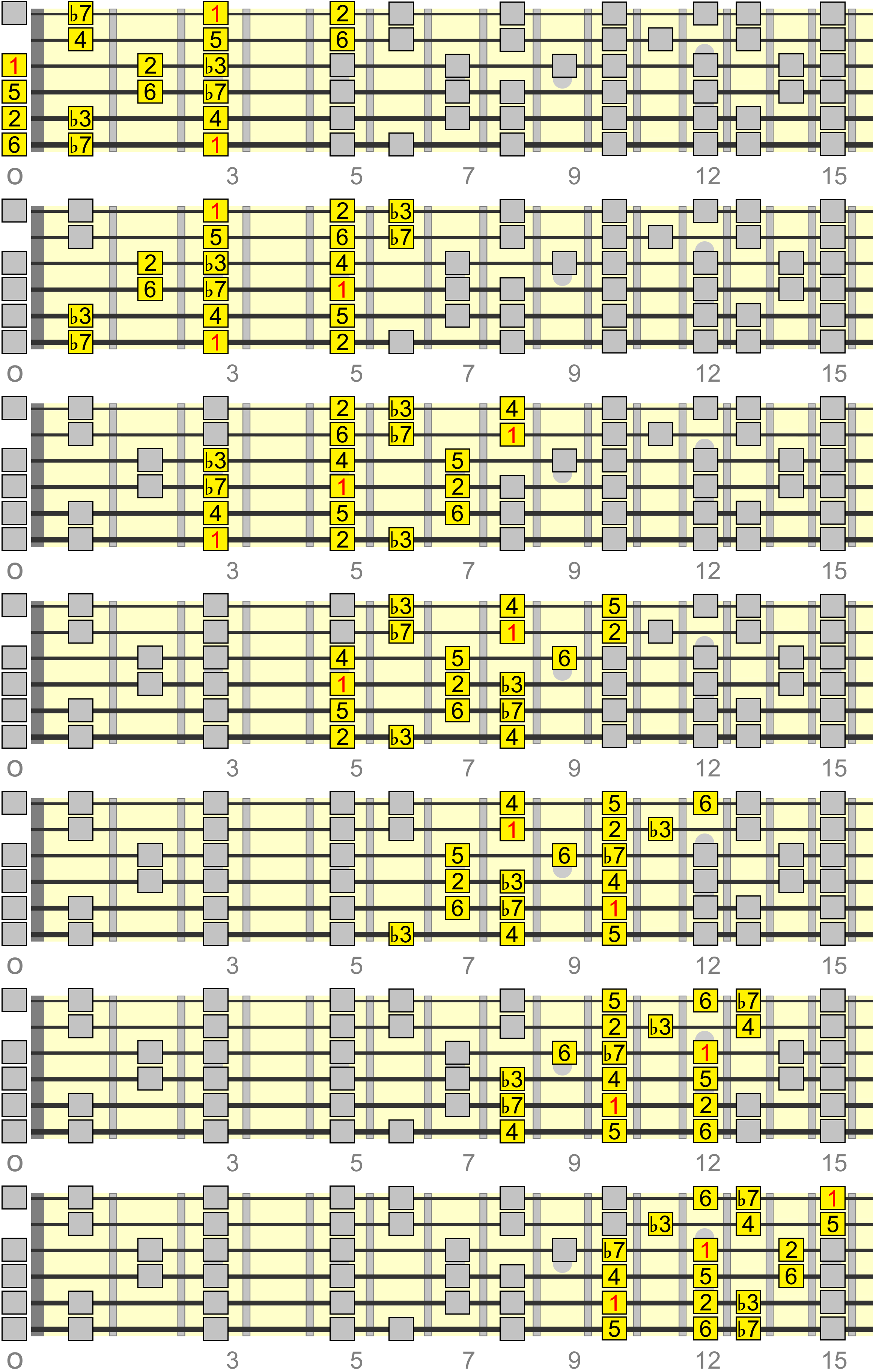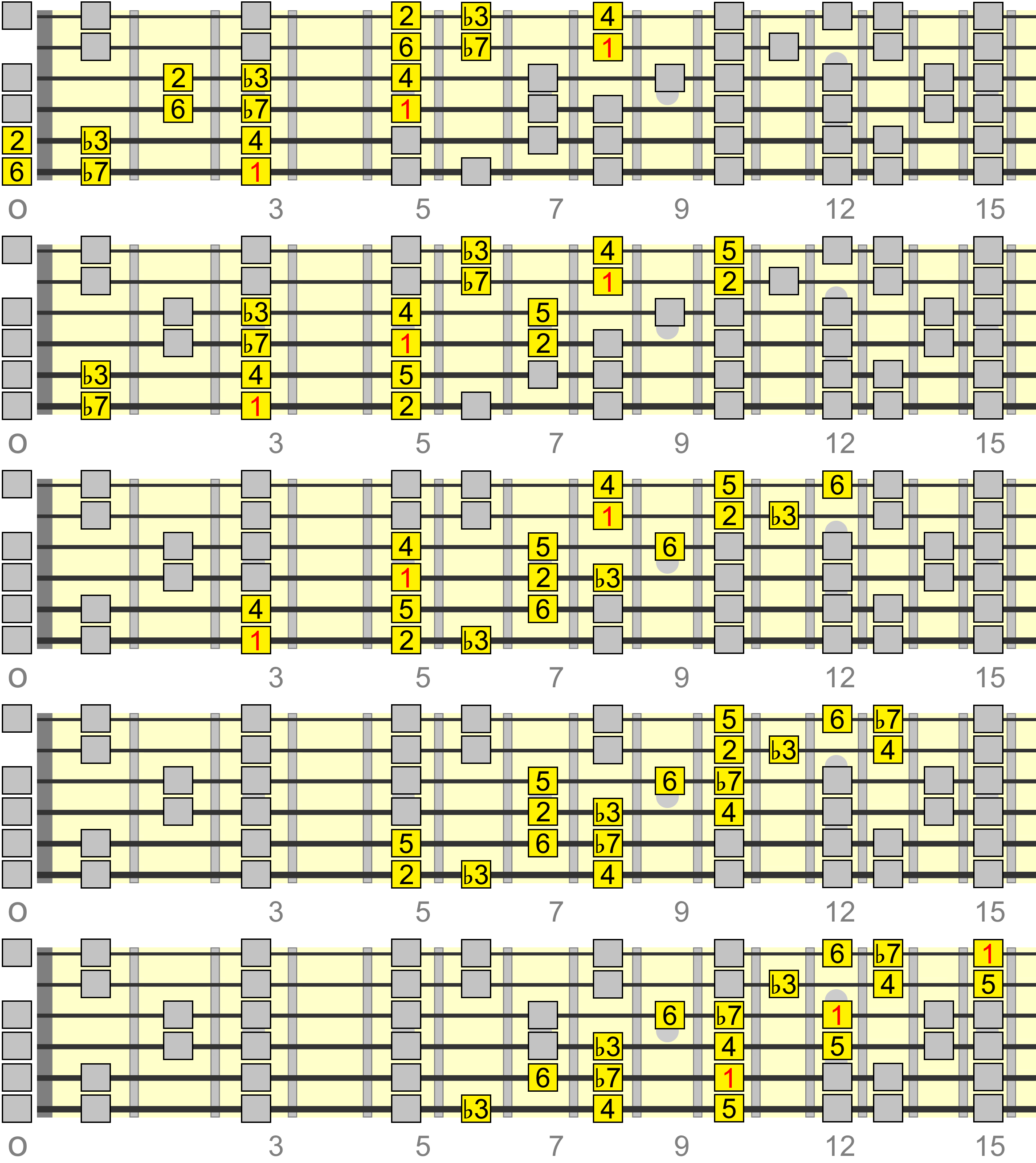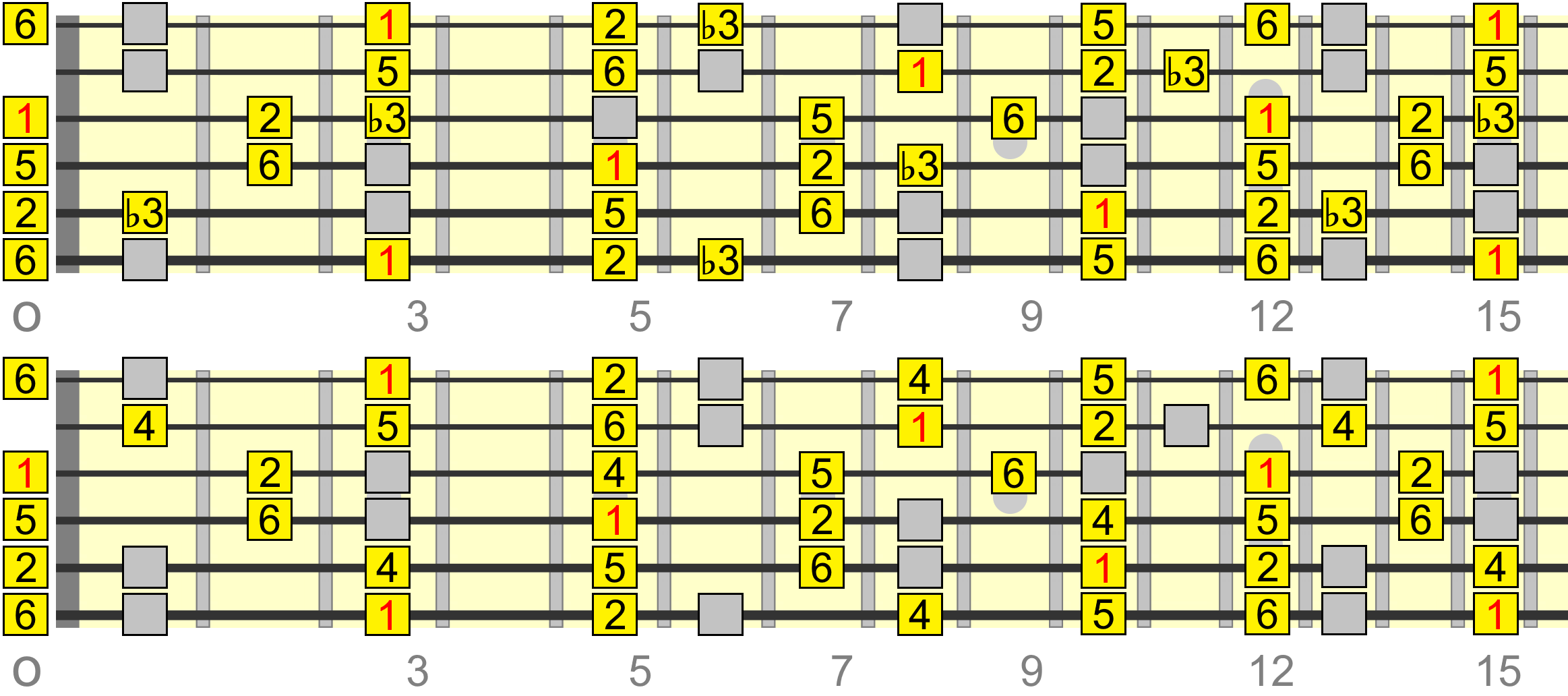Dorian Backing Tracks By Key
A Dorian
Parent Scale: G Major | Notes: A B C D E F♯ G | Chords: Am Bm C D Em F♯dim G
Am Track
Progression Tracks
Patterns
Note that the "box" tab displays patterns formed around two familiar barre chord positions rooted on the 5th and 6th strings. These are a good starting point for finding your bearings.
Also, don't forget you can combine Dorian with regular minor pentatonic and blues phrases/licks. But I've included some pentatonic patterns more specific to Dorian's flavour to try out.


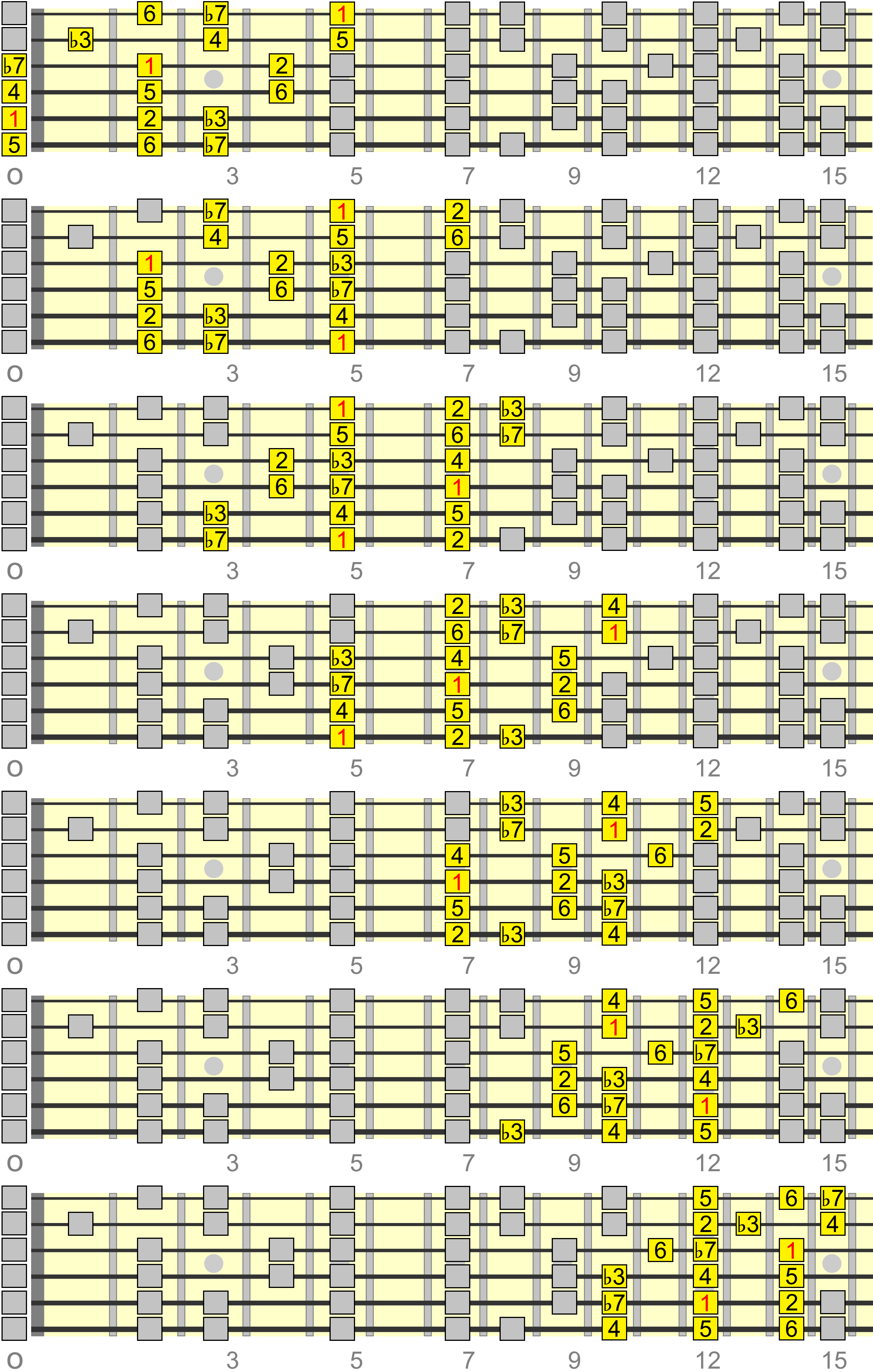
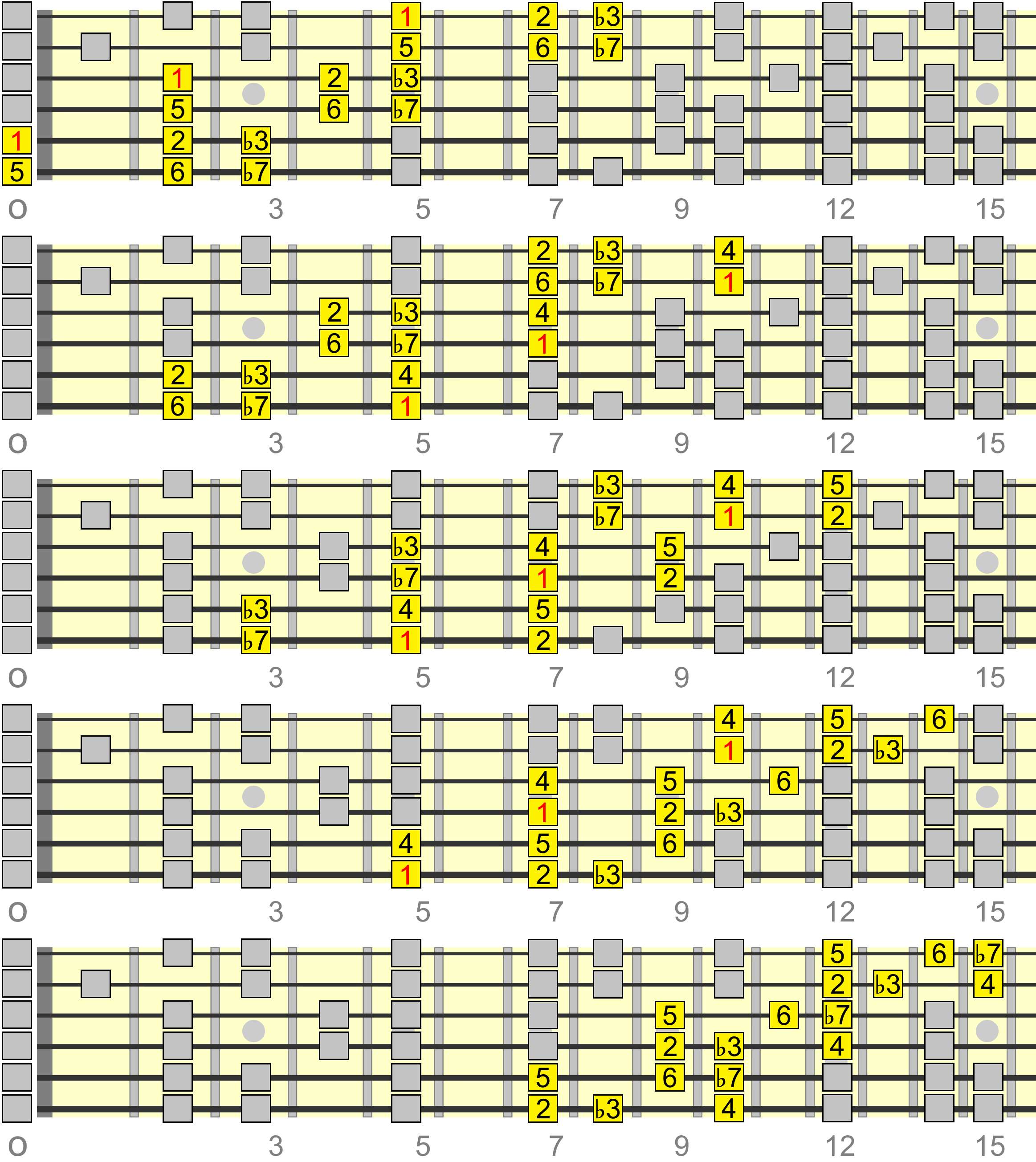
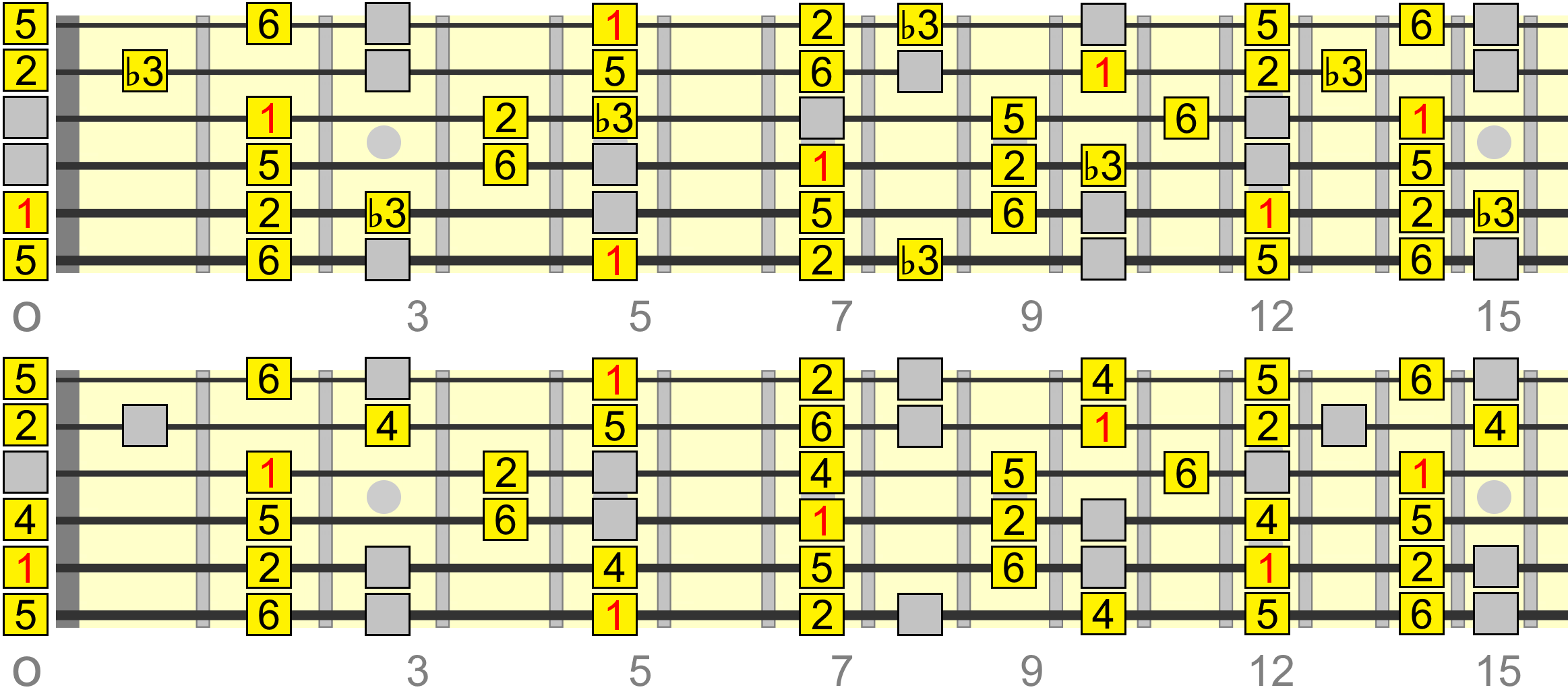
B Dorian
Parent Scale: A Major | Notes: B C♯ D E F♯ G♯ A | Chords: Bm C♯m D E F♯m G♯dim A
Bm Track
Progression Tracks
Patterns


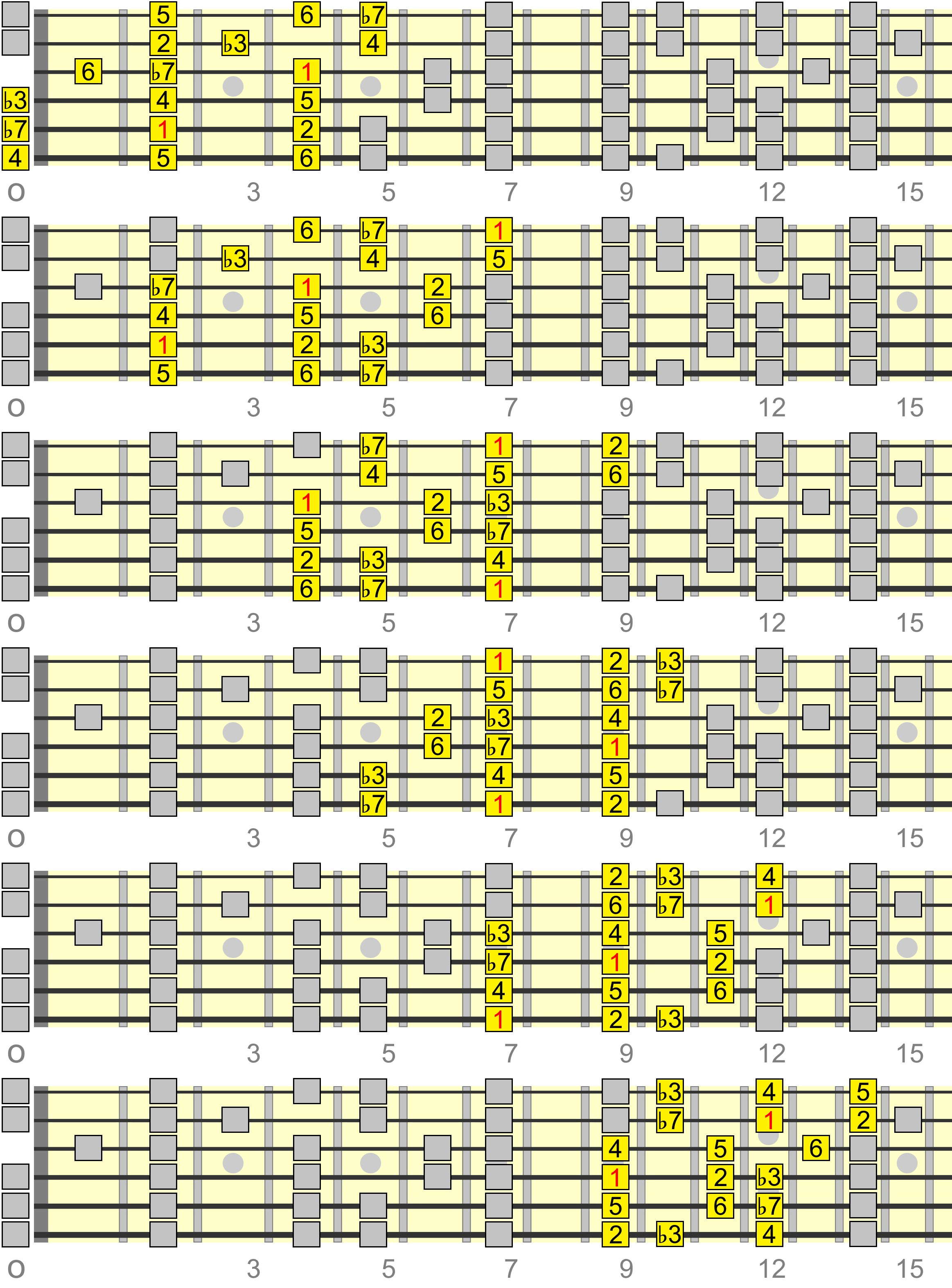
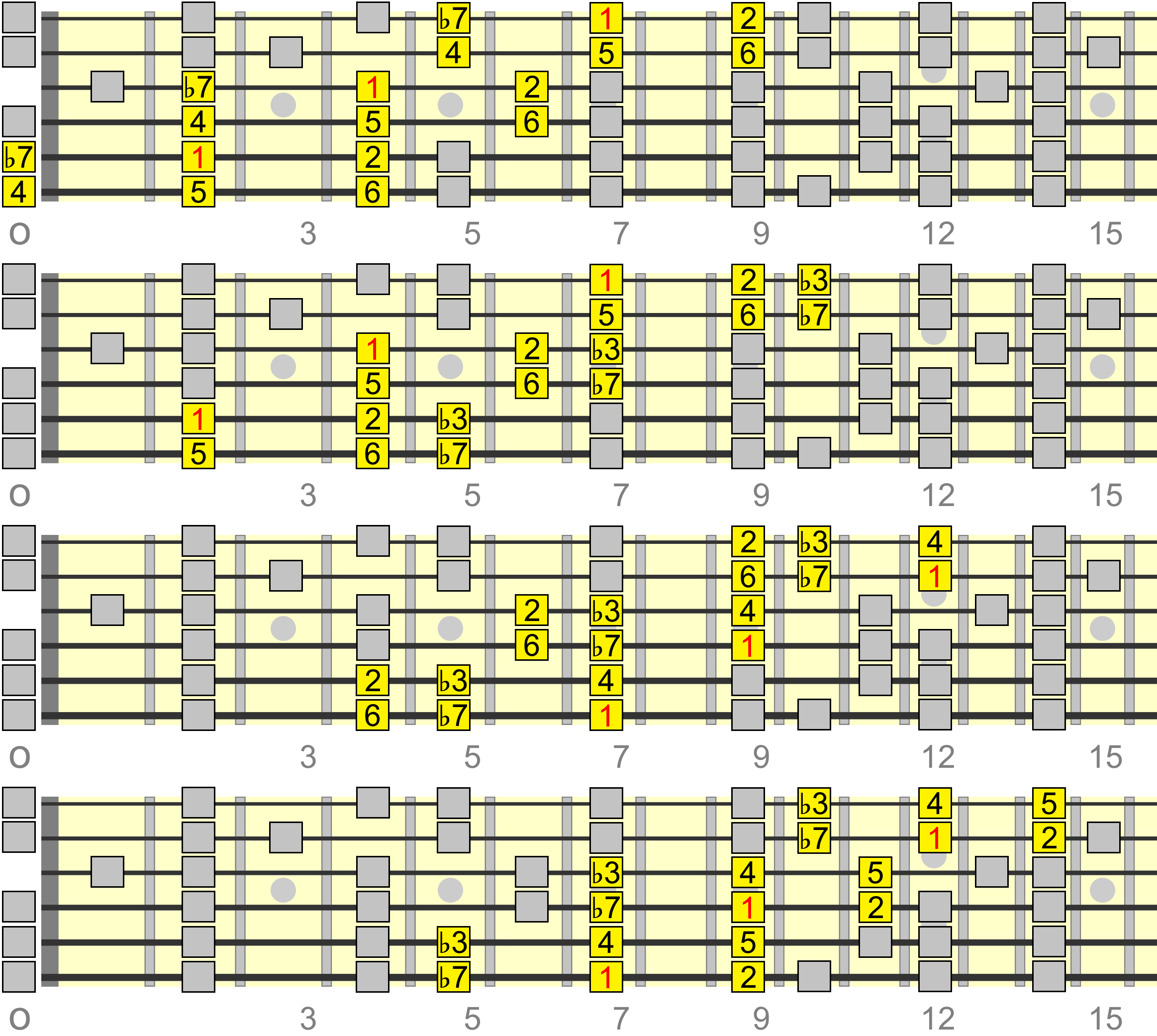
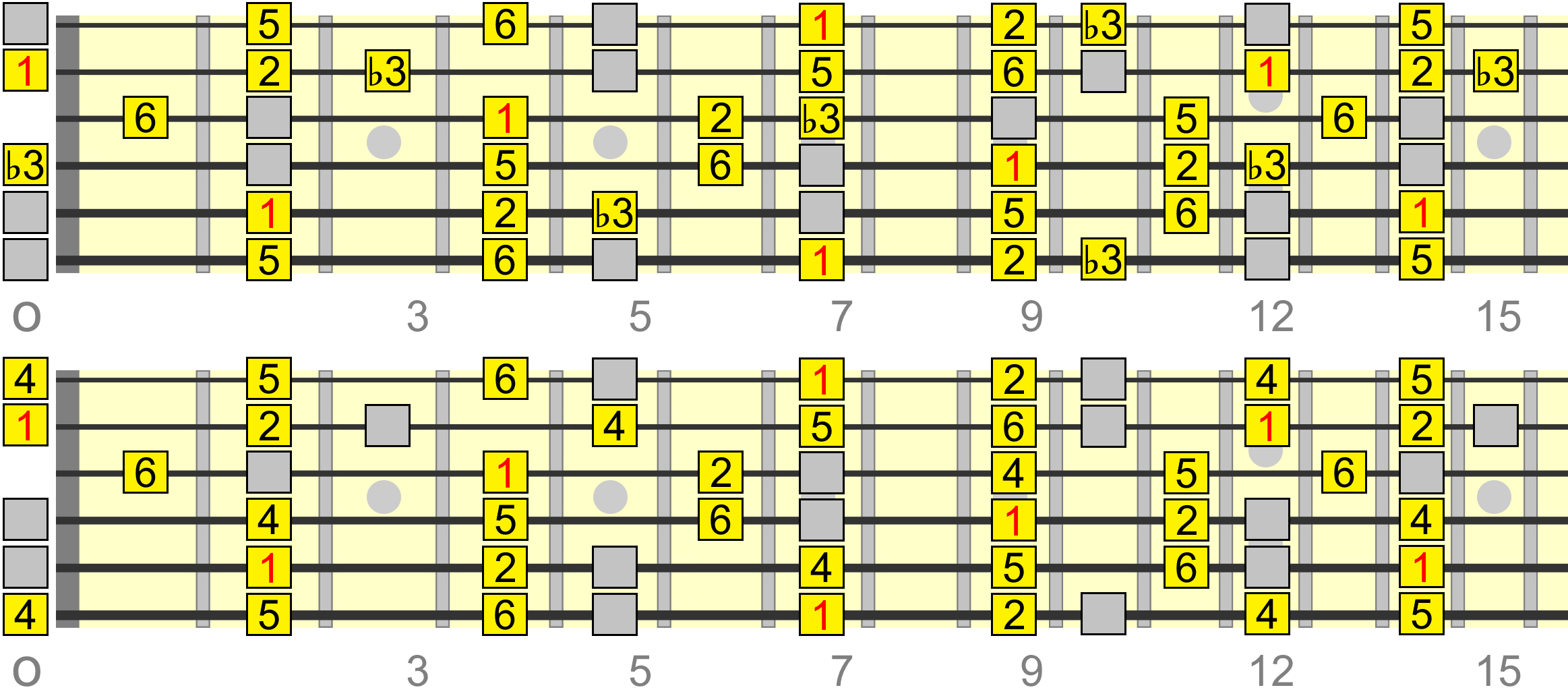
C Dorian
Parent Scale: B♭ Major | Notes: C D E♭ F G A B♭ | Chords: Cm Dm E♭ F Gm Adim B♭
Cm Track
Progression Tracks
Patterns


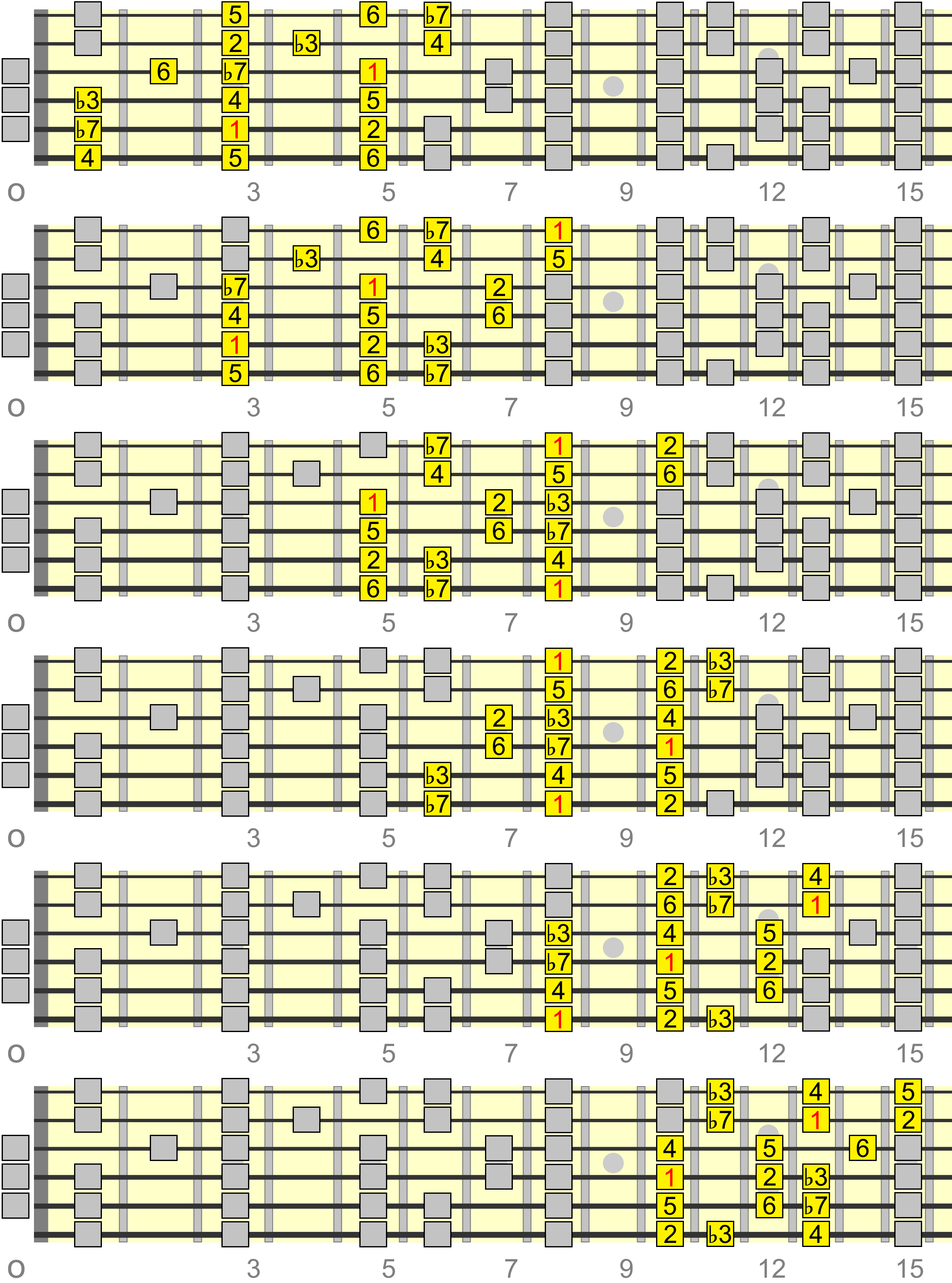
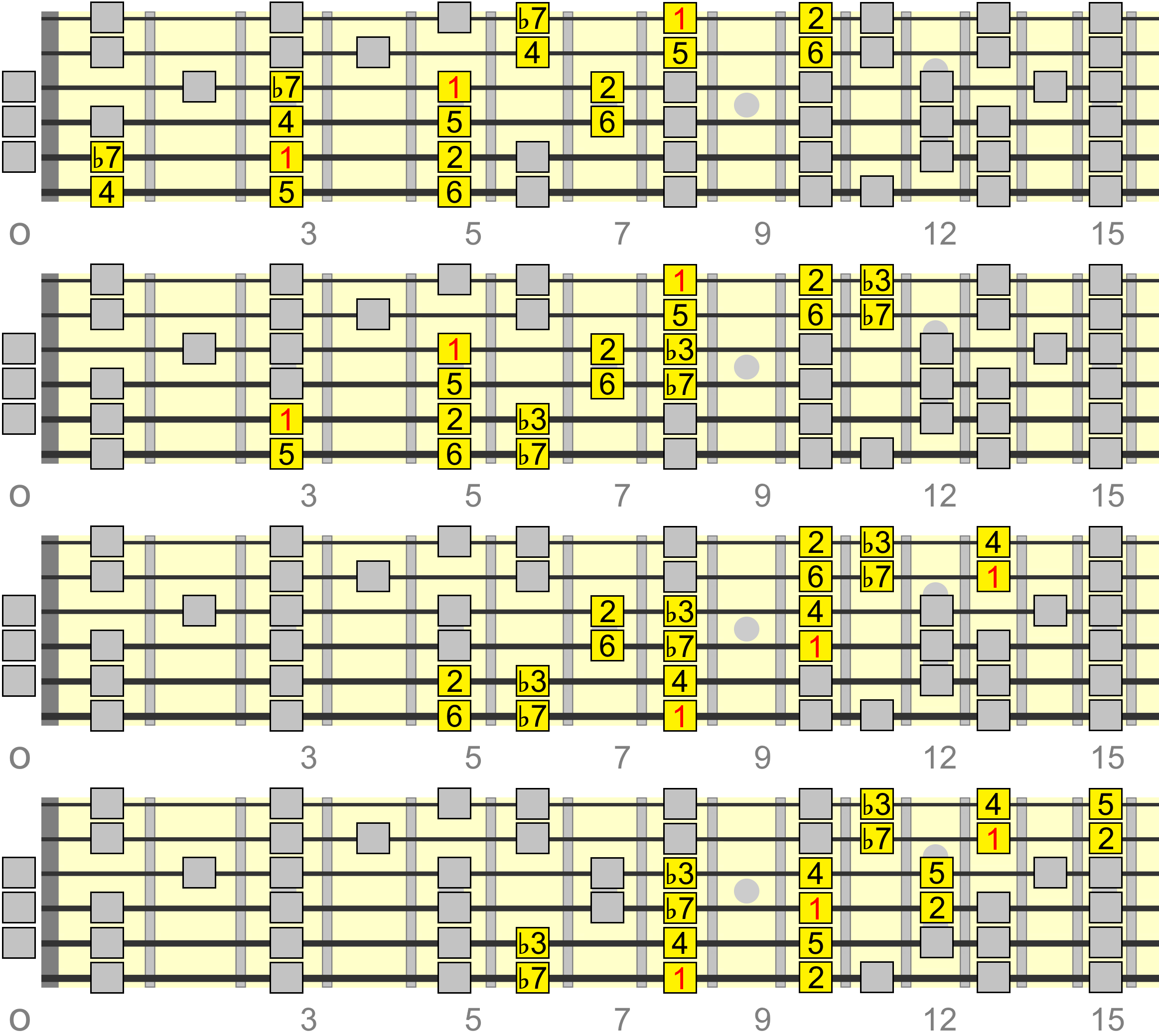
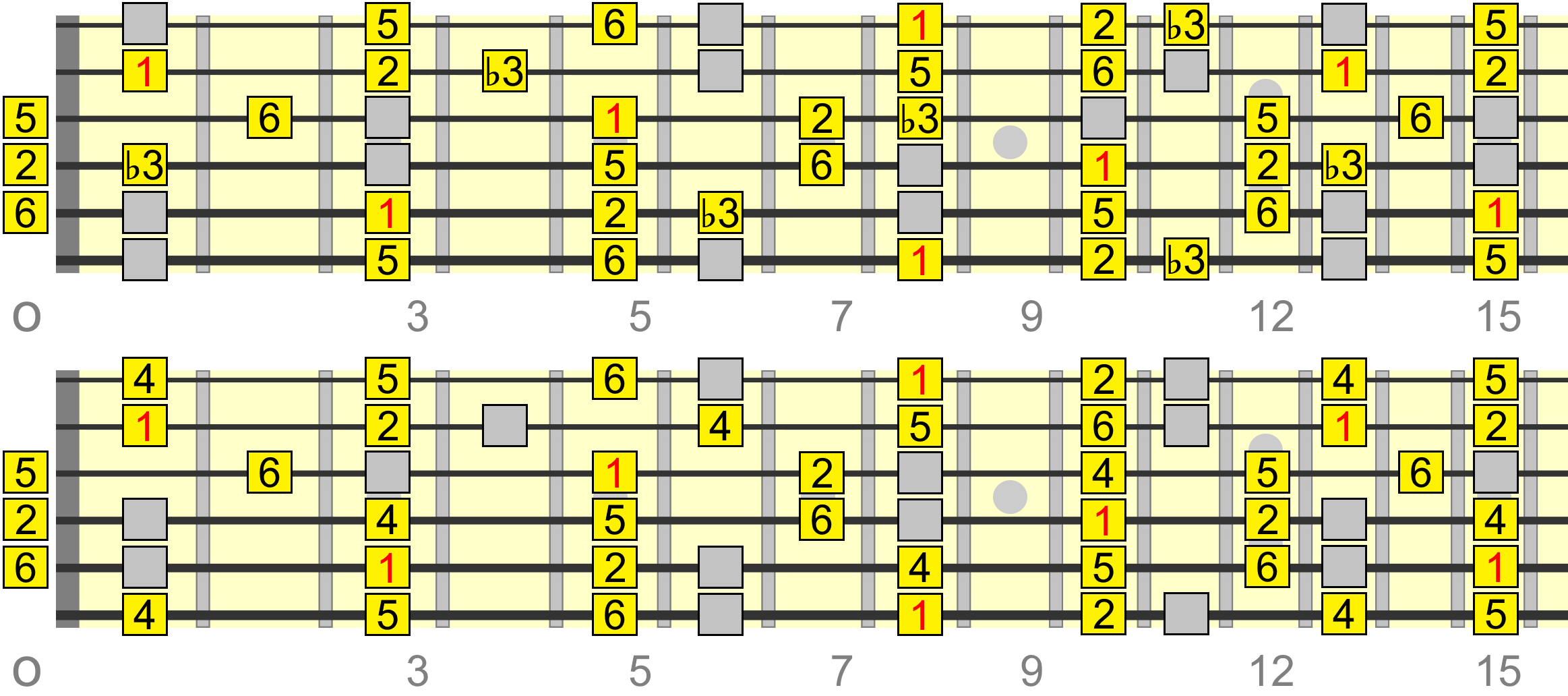
D Dorian
Parent Scale: C Major | Notes: D E F G A B C | Chords: Dm Em F G Am Bdim C
Dm Track
Progression Tracks
Patterns


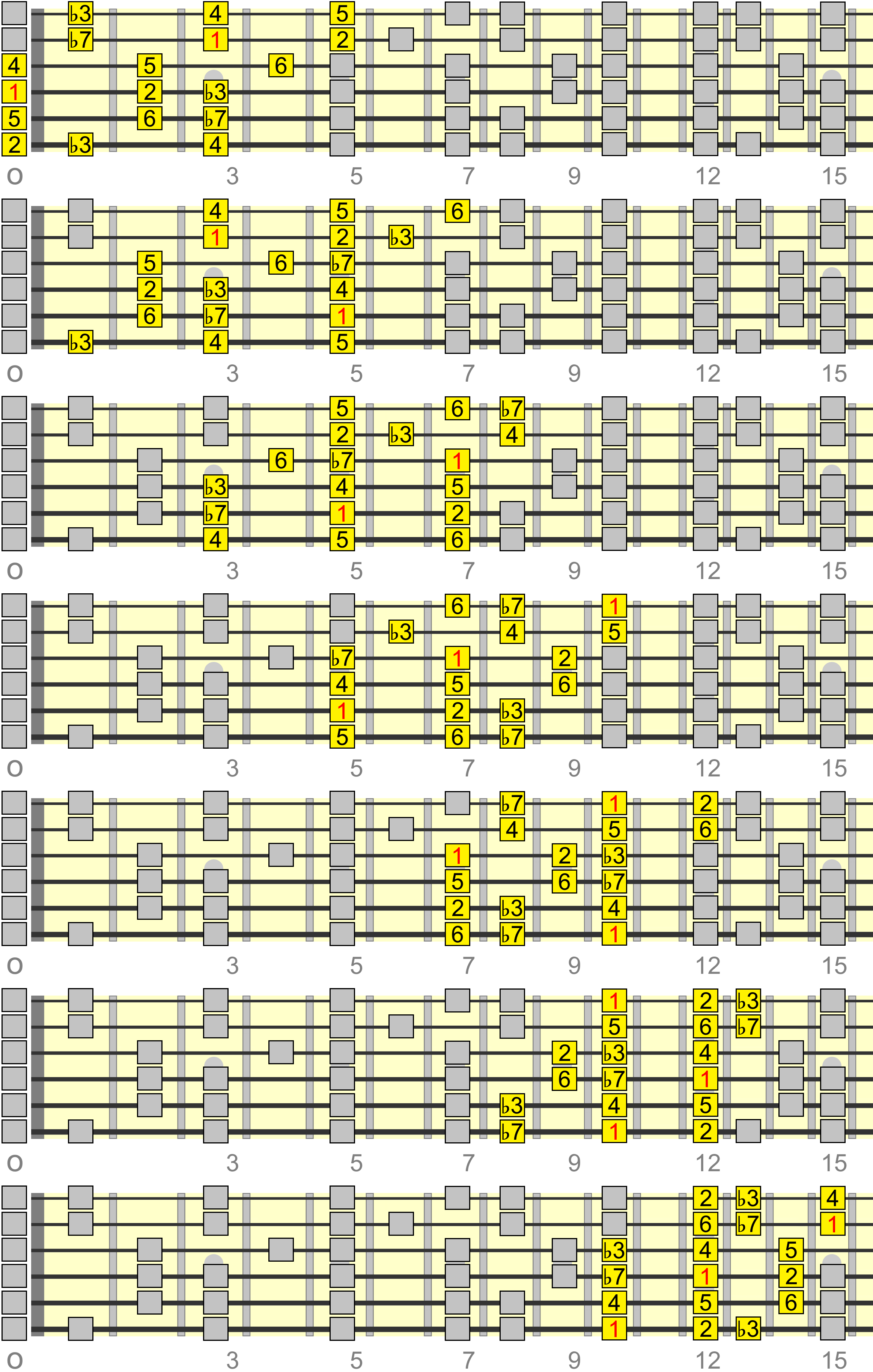
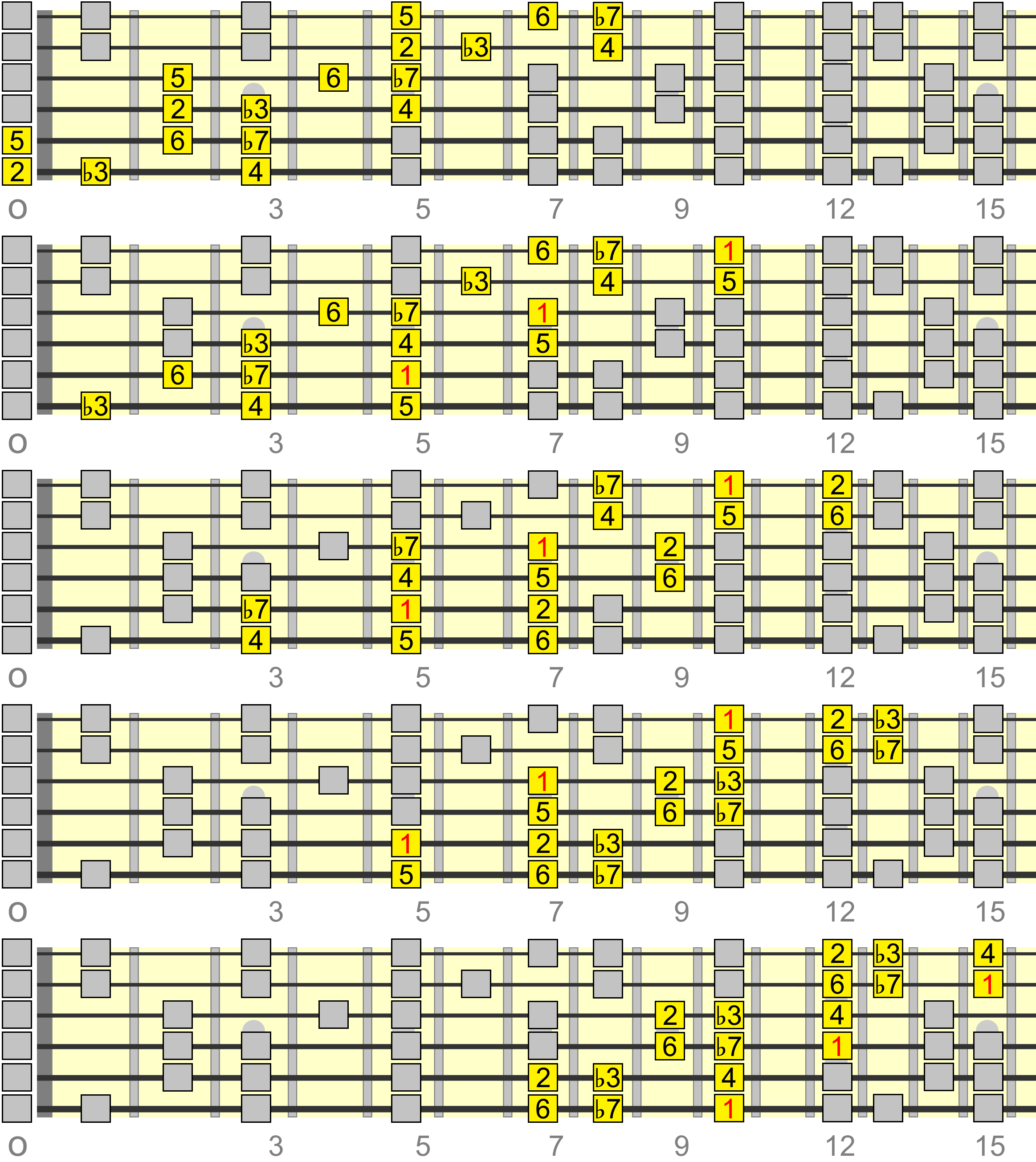
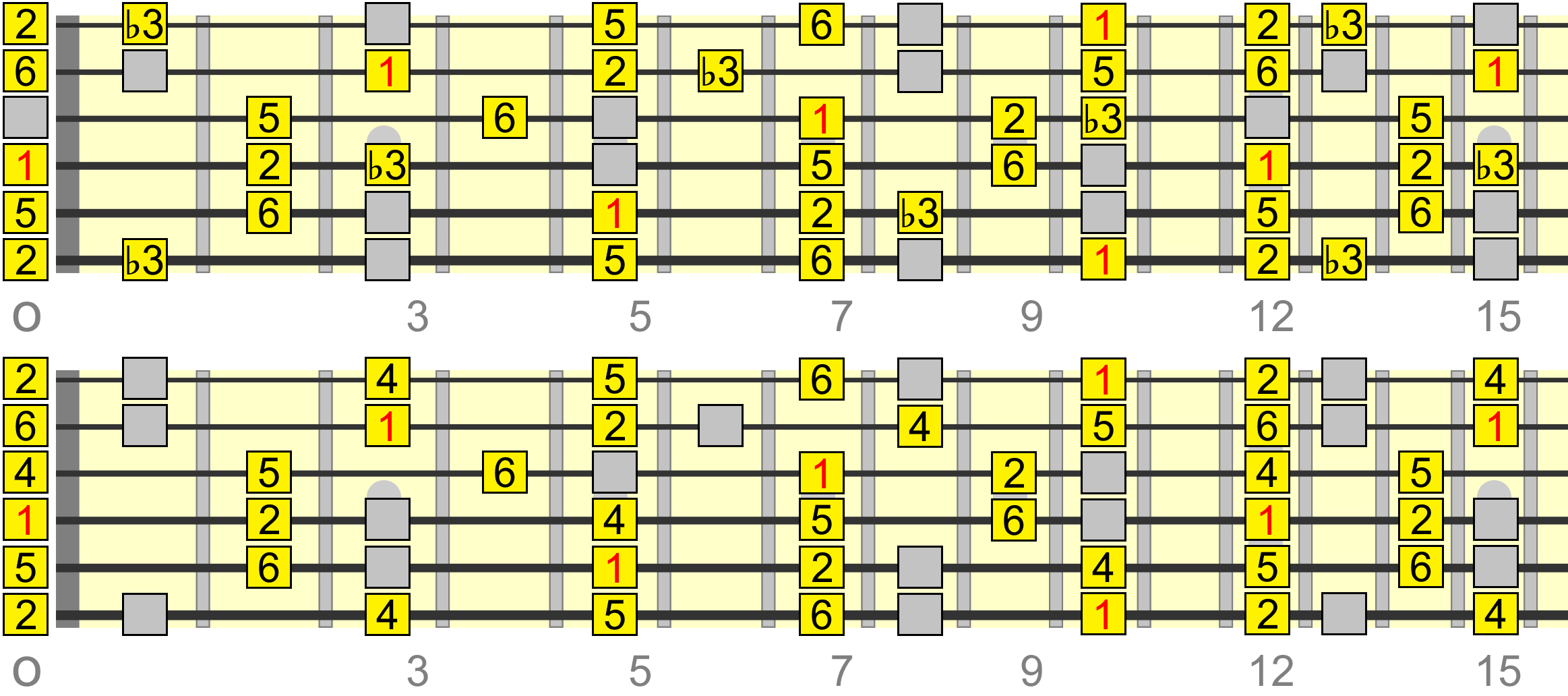
E Dorian
Parent Scale: D Major | Notes: E F♯ G A B C♯ D | Chords: Em F♯m G A Bm C♯dim D
Em Track
Progression Tracks
Patterns


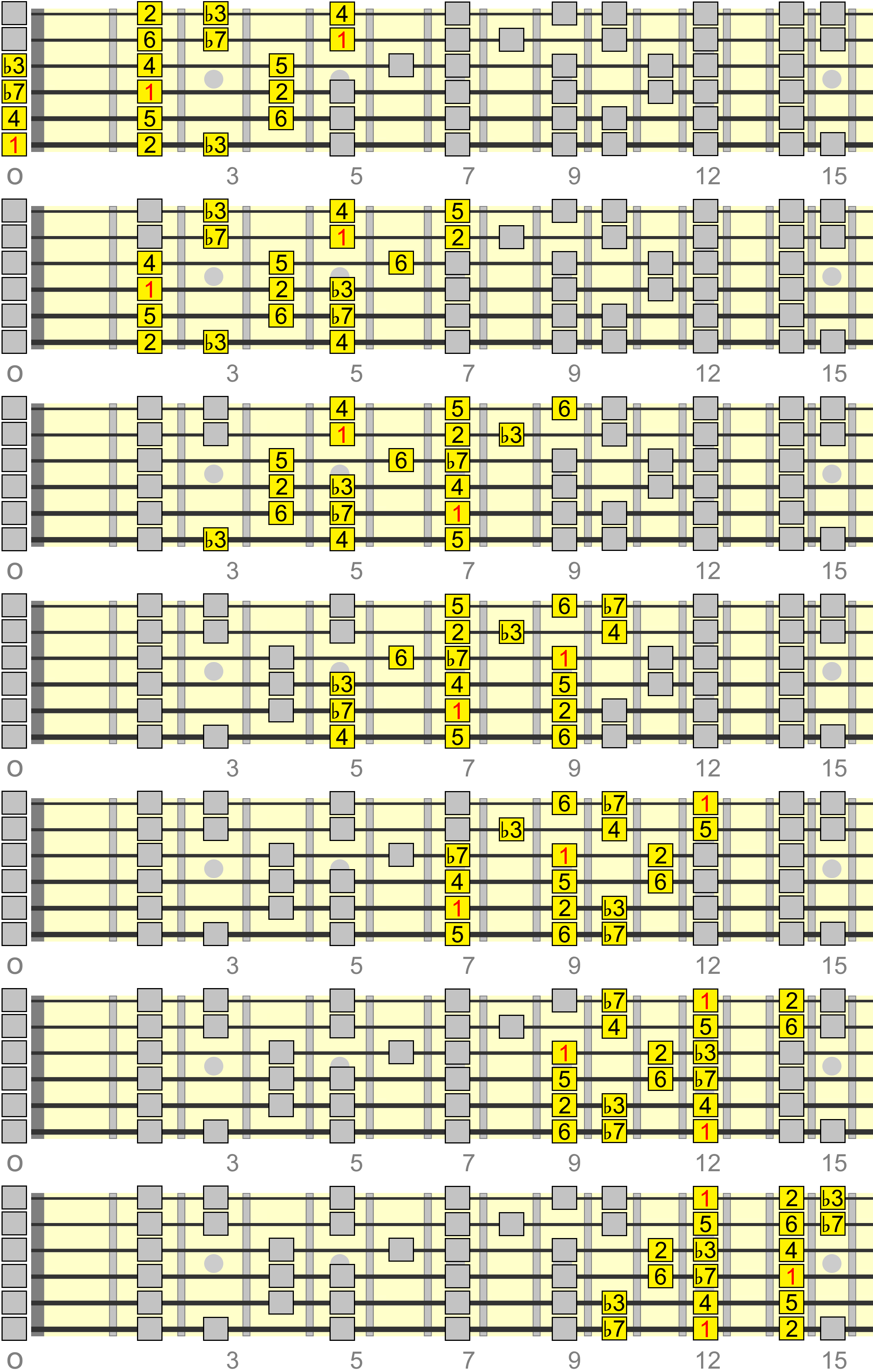
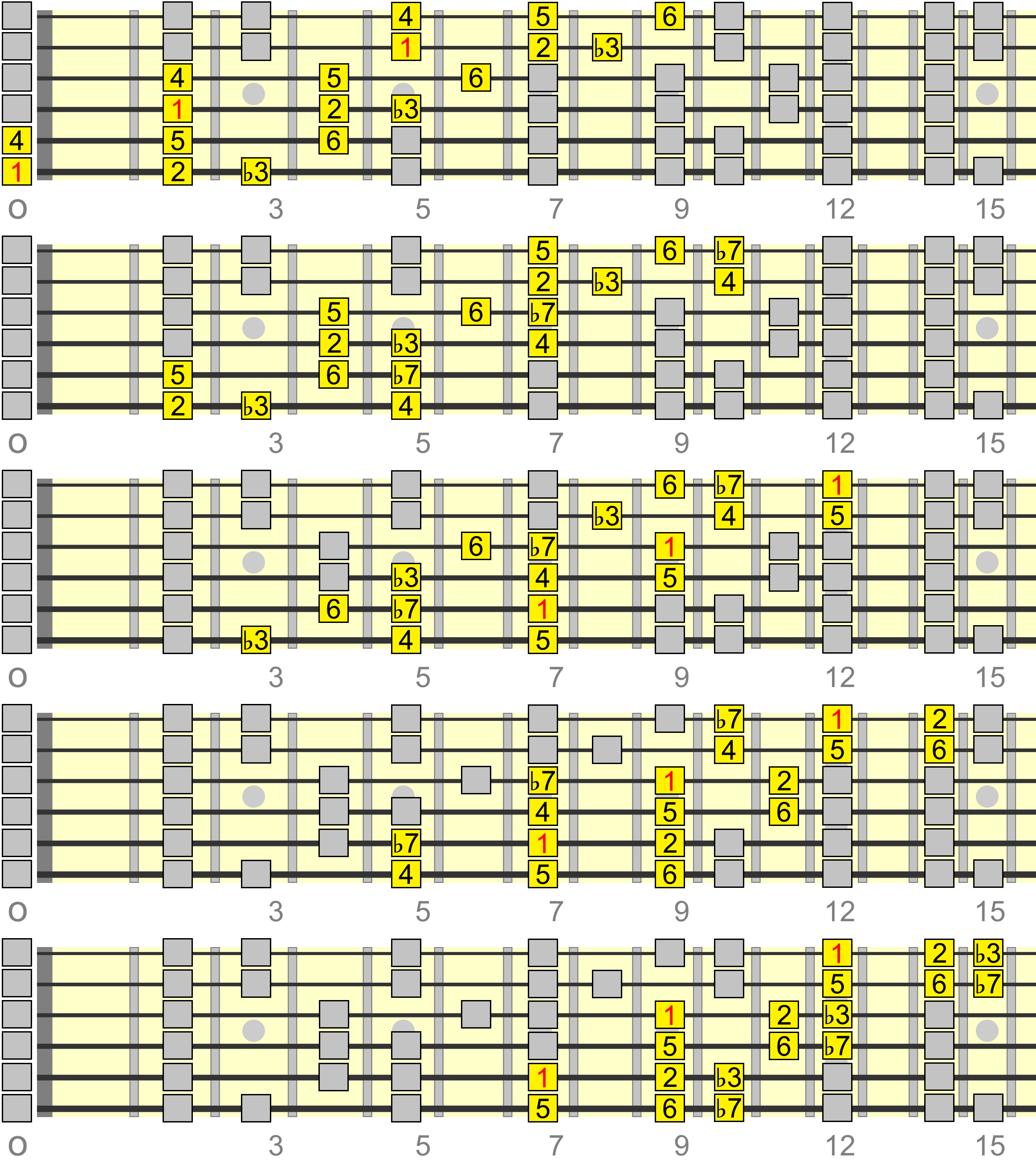
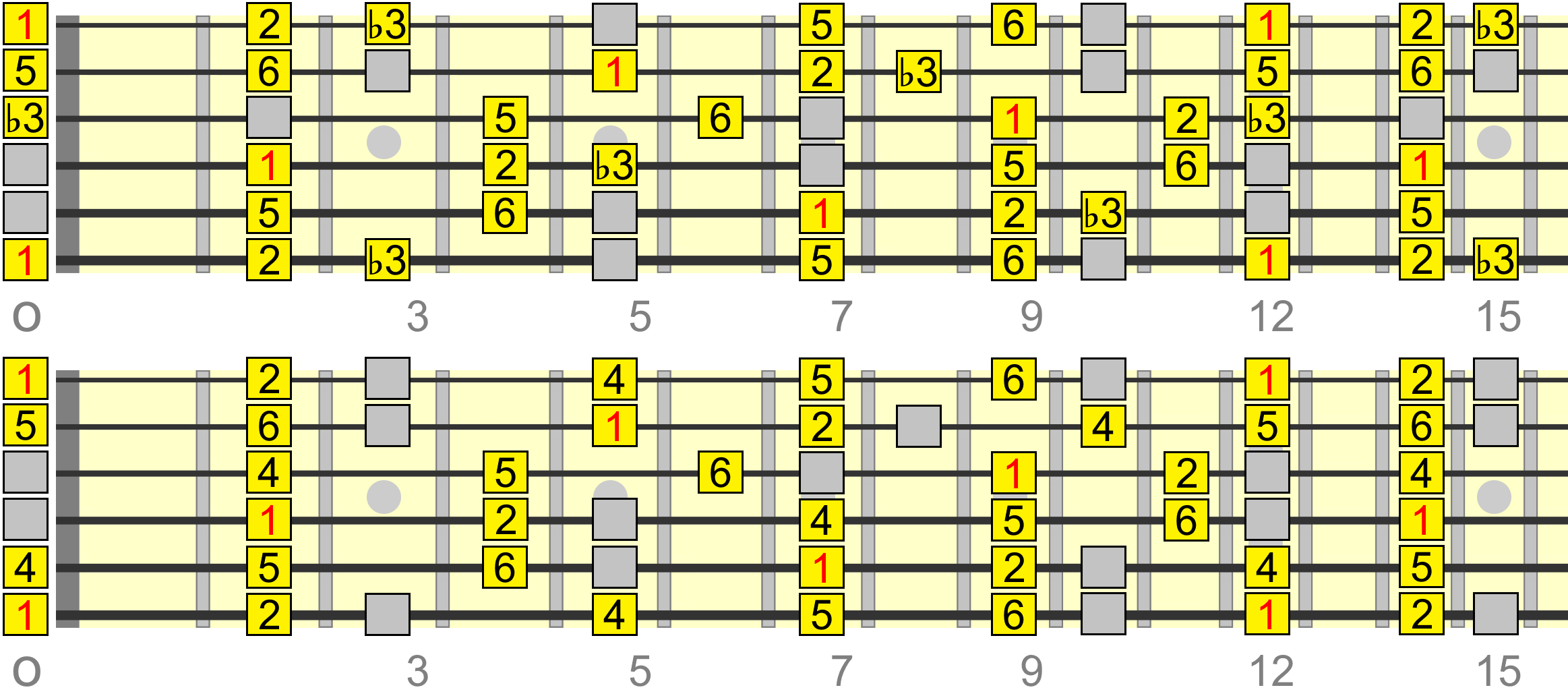
F Dorian
Parent Scale: E♭ Major | Notes: F G A♭ B♭ C D E♭ | Chords: Fm Gm A♭ B♭ Cm Ddim E♭
Fm Track
Progression Tracks
Patterns


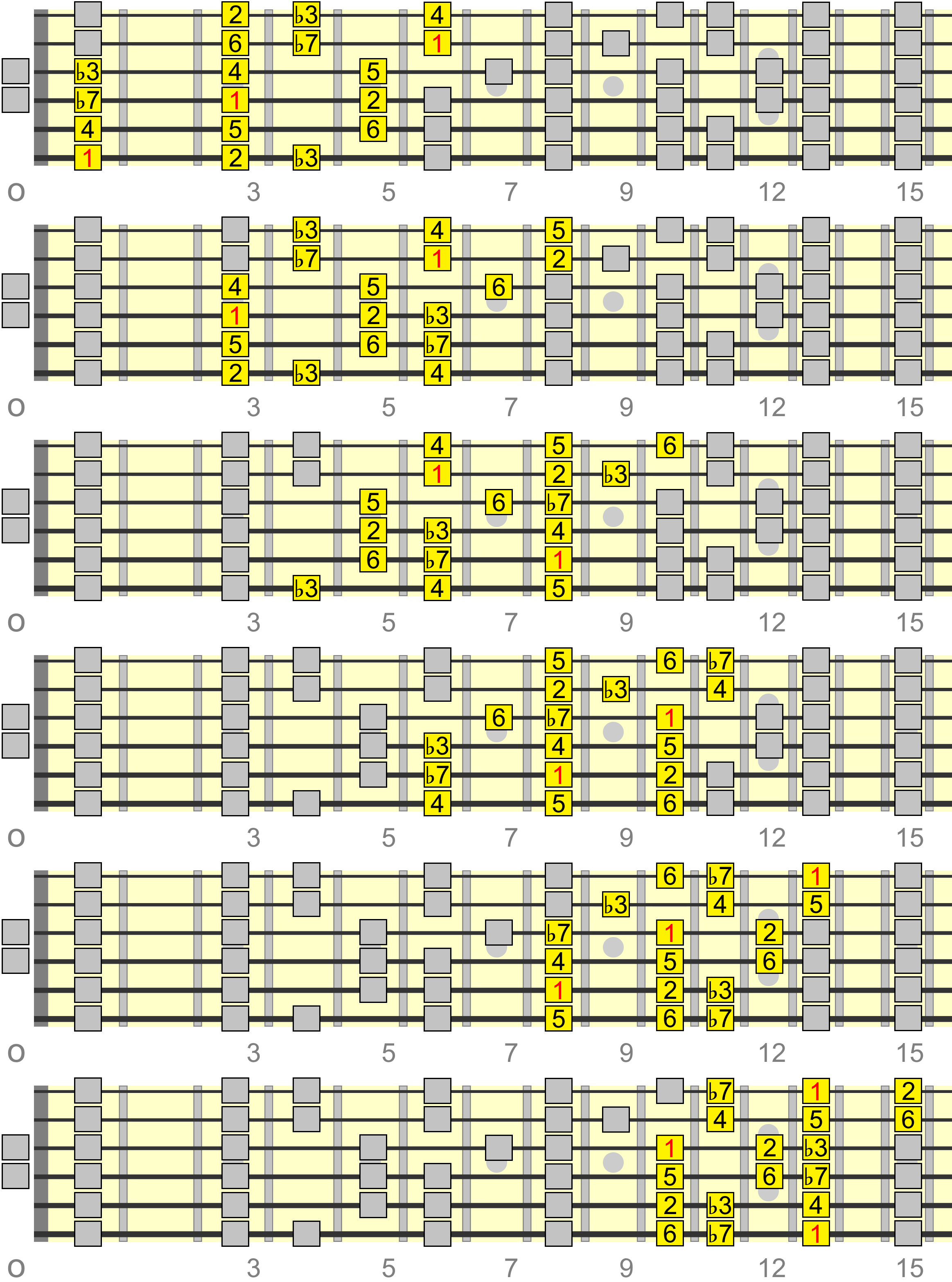
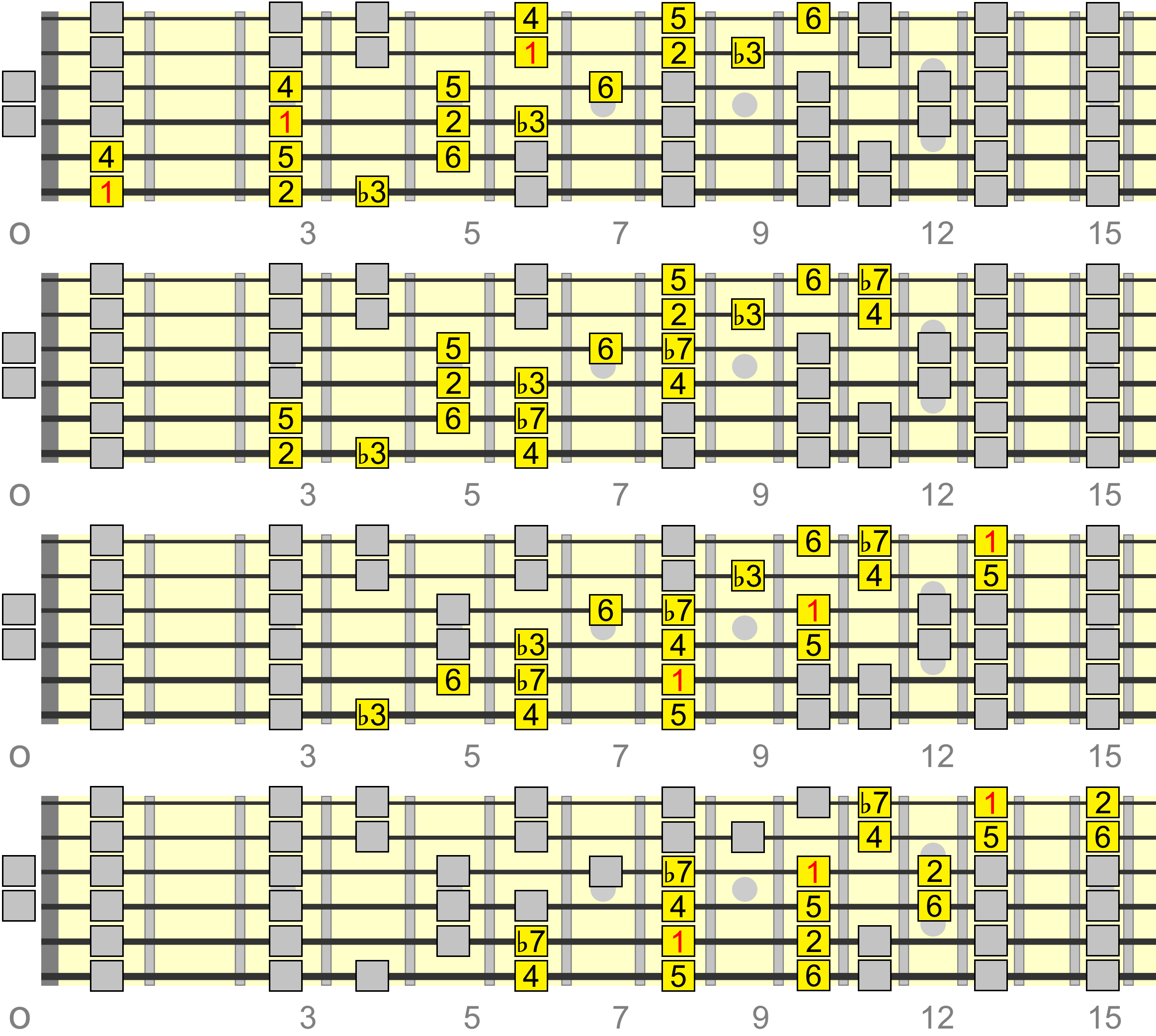
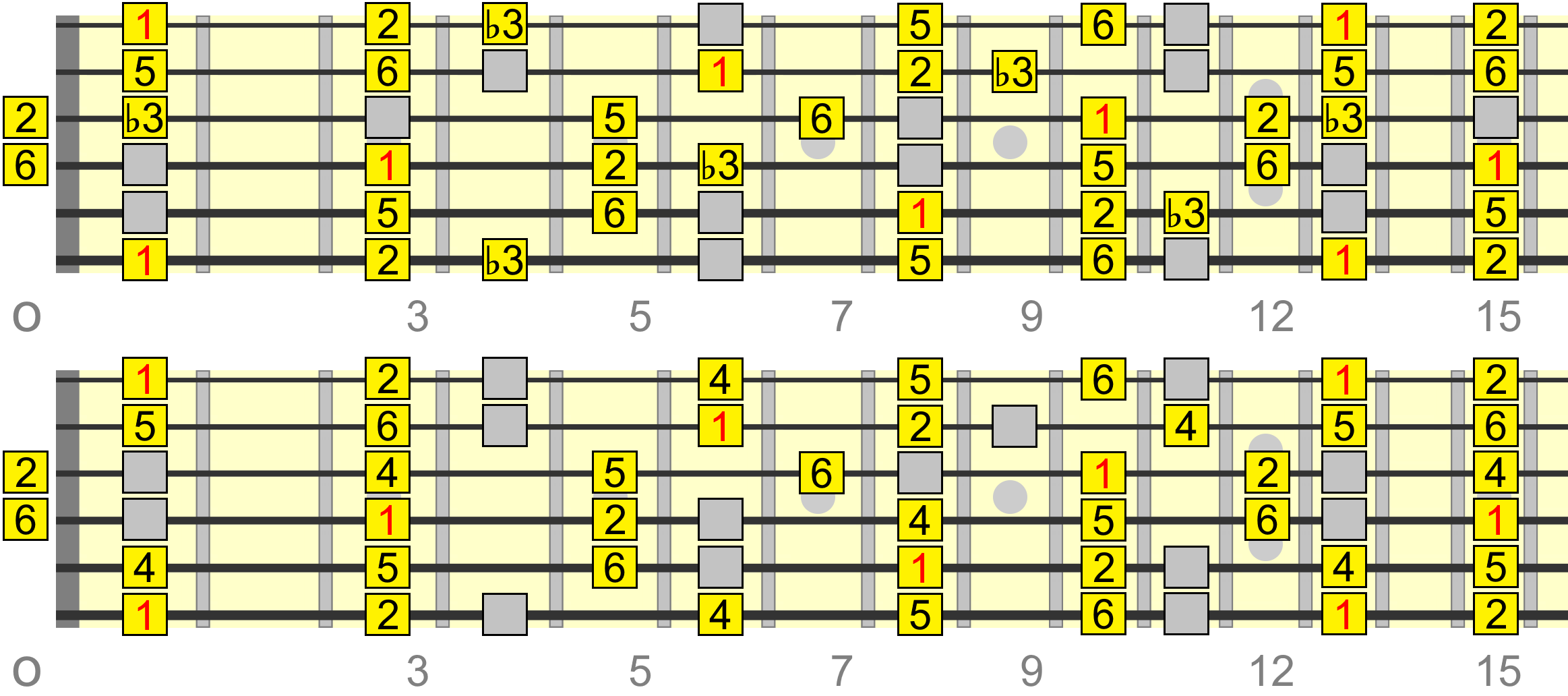
G Dorian
Parent Scale: F Major | Notes: G A B♭ C D E F | Chords: Gm Am B♭ C Dm Edim F
Gm Track
Progression Tracks
Patterns


